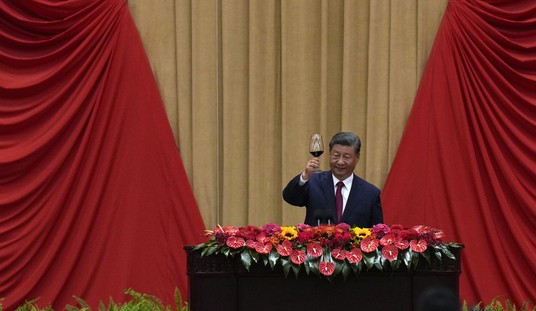Back in April I wrote about one of the more curious cases to hit the Supreme Court in a while. It dealt with the the Raisin Administrative Committee, which is apparently a real thing and occasionally scoops up (pun intended) the crops of raisin farmers for the general good. This alleged use of the Takings Clause was designed to keep prices up at a certain level to benefit the farmers. The filched raisins would later be sold on the international market with some of the proceeds going back to the farmers, but not at anything resembling the fair market price. Yesterday the Supremes rendered their verdict and in an 8 -1 decision they said the practice failed to meet constitutional muster. (New York Times)
The Supreme Court ruled on Monday that a government program dating to the Great Depression meant to increase raisin prices by keeping some of them off the market amounted to an unconstitutional taking of private property by the government.
The case, Horne v. Department of Agriculture, No. 14-275, arose from the activities of Marvin D. and Laura Horne, raisin farmers in Fresno, Calif., who set up a business arrangement that they claimed allowed them to avoid the program.
The Agriculture Department imposed fines, and the Hornes defended themselves on the ground that aspects of the program violated the takings clause of the Fifth Amendment, which says private property may not be taken for public use without just compensation.
Chief Justice John G. Roberts Jr., writing for eight justices, said the program was indeed a government taking of private property.
The Takings Clause is probably the most dangerous part of the nation’s Constitution and leads to the most mischief by state governments. (See any story related to Kelo for more details.) But here’s the odd part: it was an 8 – 1 decision and the only dissent came from Sonya Sotomayor. I only note this as an oddity because during the initial arguments, as George Will noted, hers was the leading voice which seemed the most skeptical of it.
Justice Elena Kagan has wondered whether this case involves “a taking or it’s just the world’s most outdated law.” The answer is: Both.
Government sprawl and meddlesomeness mock the idea that government is transparent. There are not enough cells in the human brain to enable Americans to know more than a wee fraction of what their government is up to. If they did know, they would know something useful — how much of what government does is a compound of the simply silly and the slightly sinister.
Doug Mataconis thinks the court got this one right, but foresees some possible trouble coming down the pike from it.
As both the Majority Opinion and Justice Sotomayor’s Dissent note, there are at least seven programs run by the Department of Agriculture that operate in the same manner as the raisin program at issue here. The basic logic of the program, of course, is that the government is “helping” farmers by forcing them to withhold a portion of their crop from the market because that helps reduce the available supply and keep prices at a certain level. As the Plaintiff’s in Horne noted, though, the real impact of the program was two-fold. First, it tended to work mostly to the benefit of the large farming conglomerates who produced most of the raisin’s that went to market domestically by reducing the competition they faced from smaller farmers and reducing the supply available to buyers, which of course kept the price artificially high. The second problem with the program, and the one that proved to be constitutionally fatal, is the fact that farmers who turned portions of their crop over the government were not compensated for the value of what they had to surrender.
So the main beneficiaries of this program were the large, industrial farmers rather than the small, family owned operations. And the program itself represented a government Taking without proper compensation. That’s all fair enough. But was this a case where the government was doing something bad which resulted in something good? After all, the price of raisins can only drop so far before they are no longer profitable to produce. The supply will have to be cut somehow, and that may turn into a painful process of attrition where the smallest and weakest farmers will be driven out of business and the big farms will have to scale back to make the product profitable again.
But in the short term, if nothing else, you should be able to get some cheap raisins by next year. Enjoy!









Join the conversation as a VIP Member